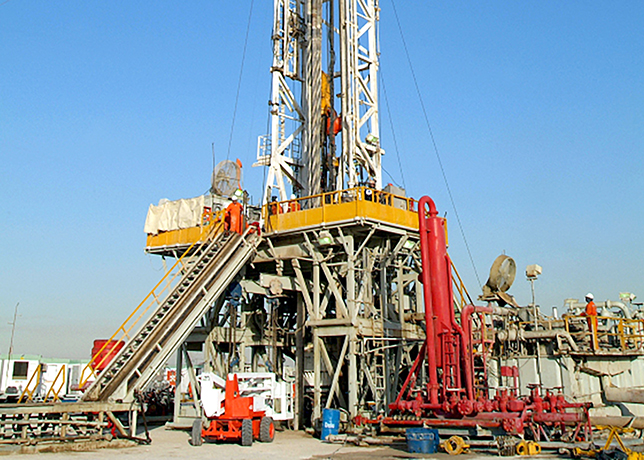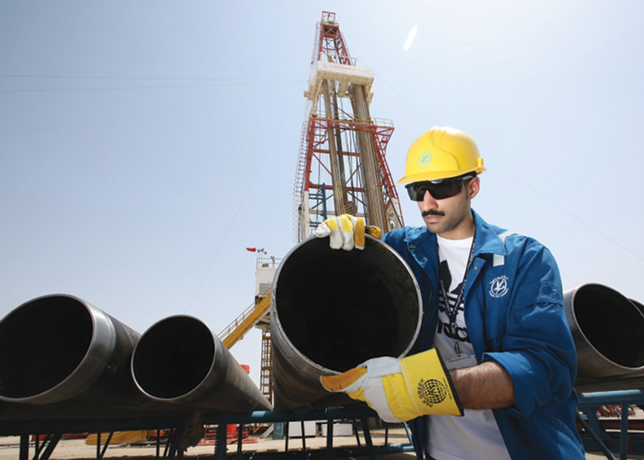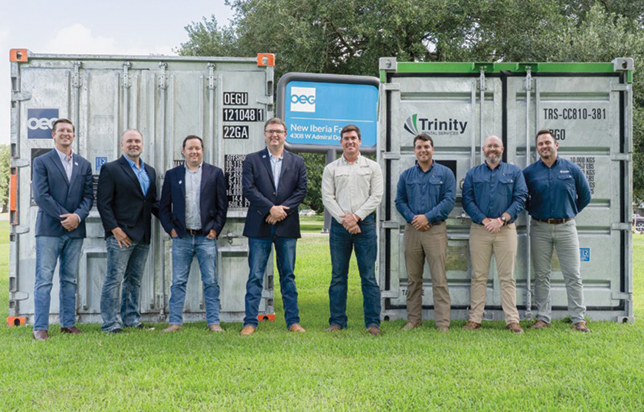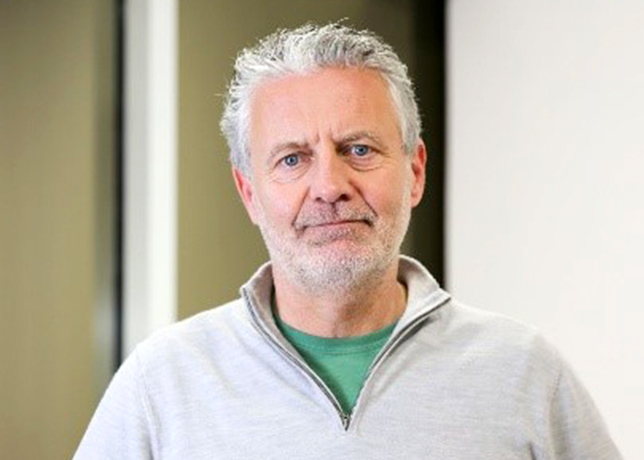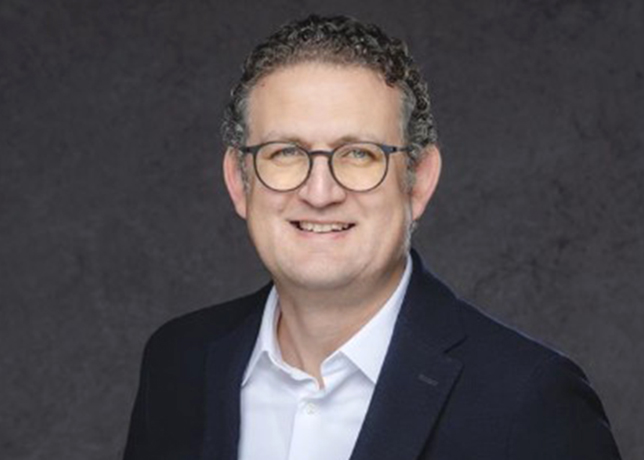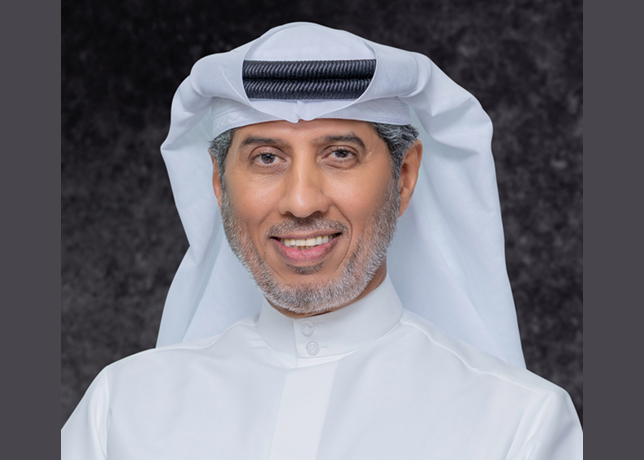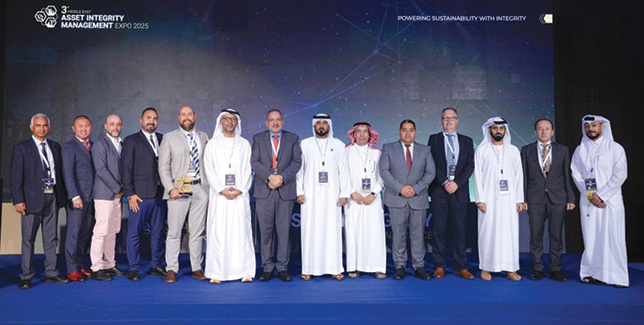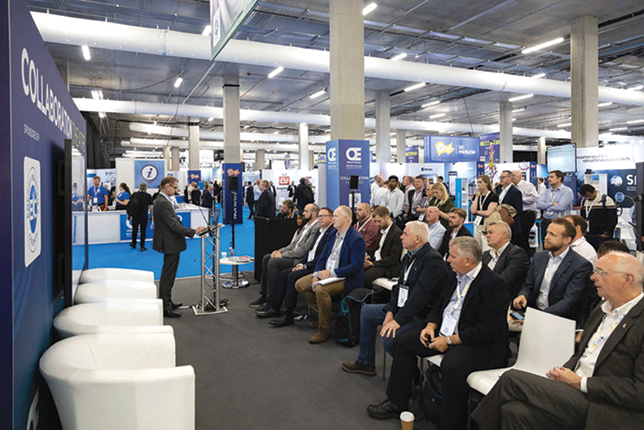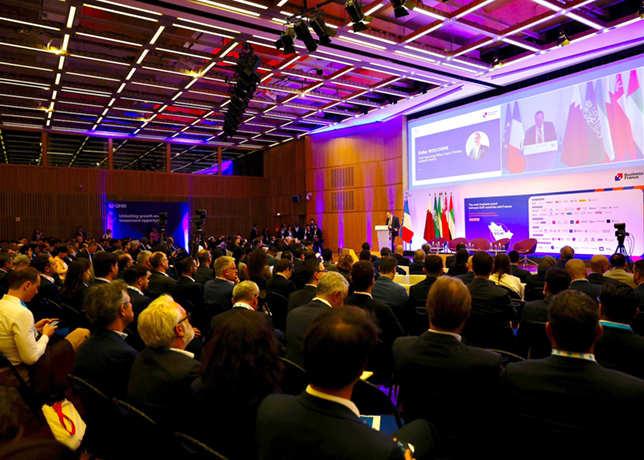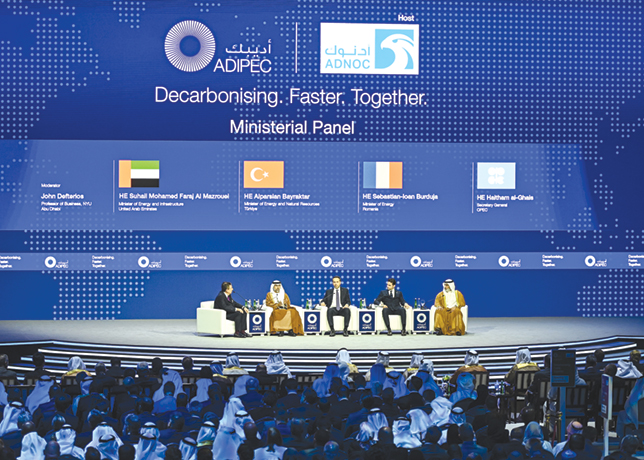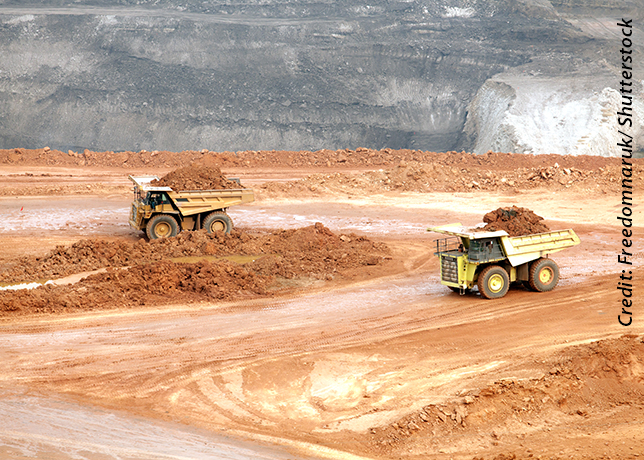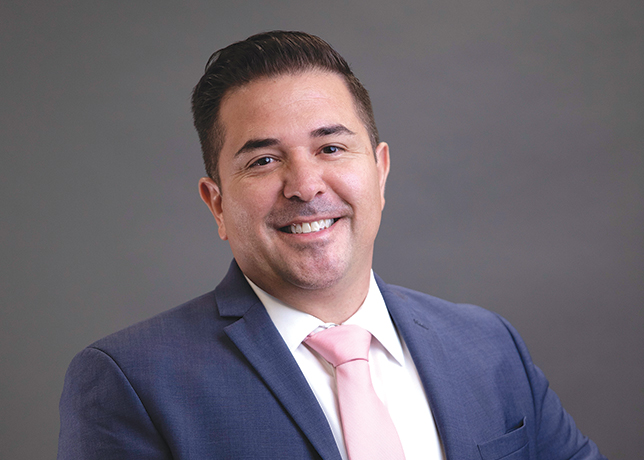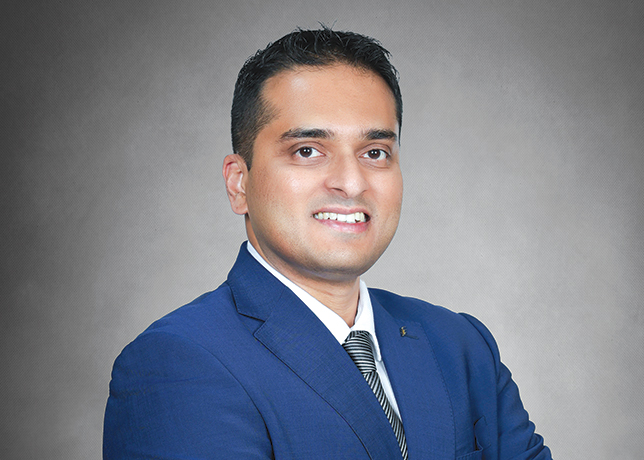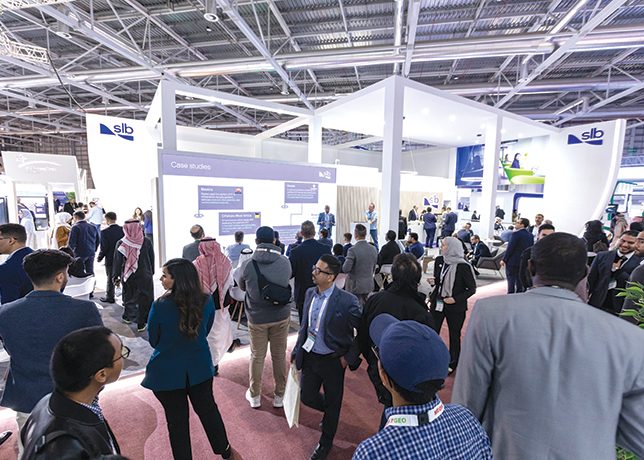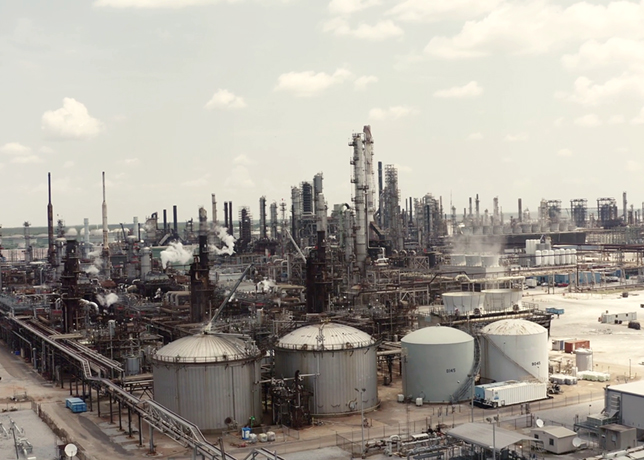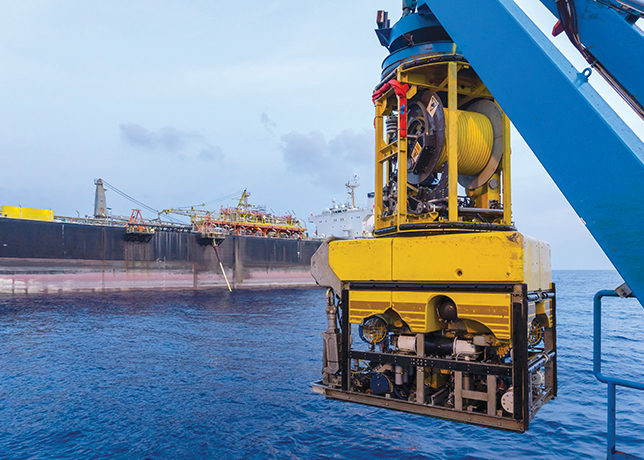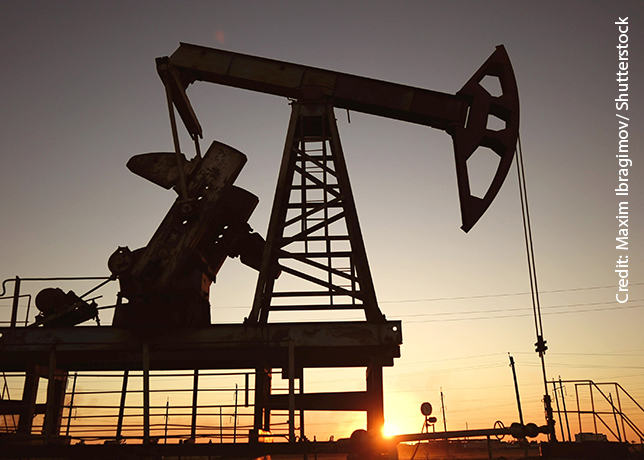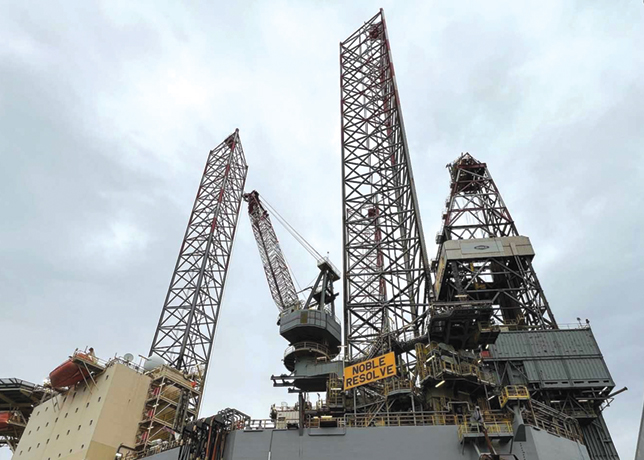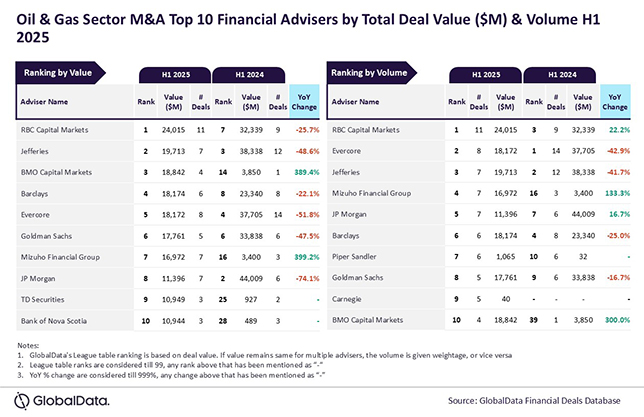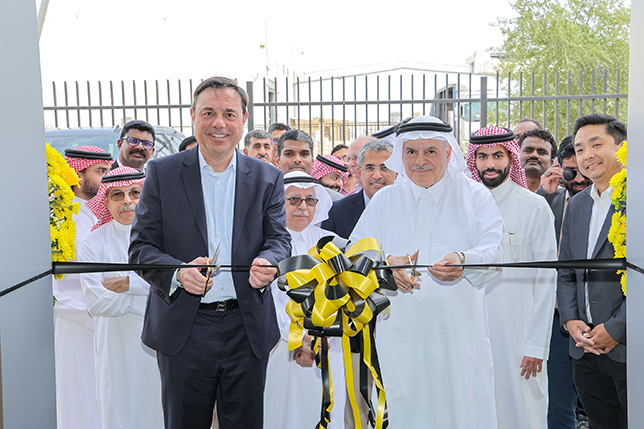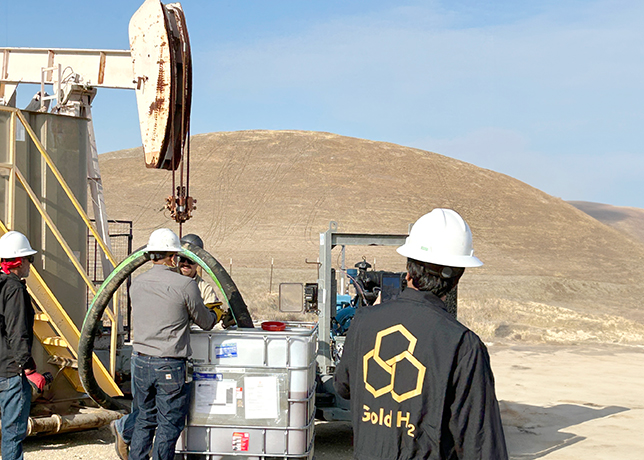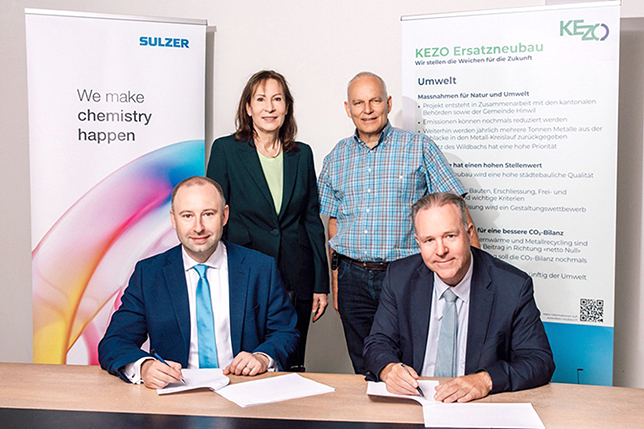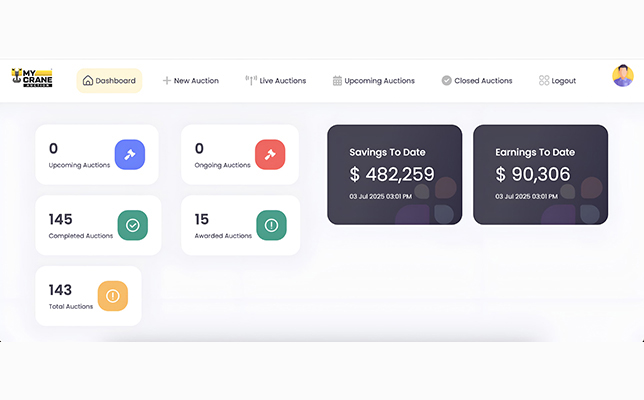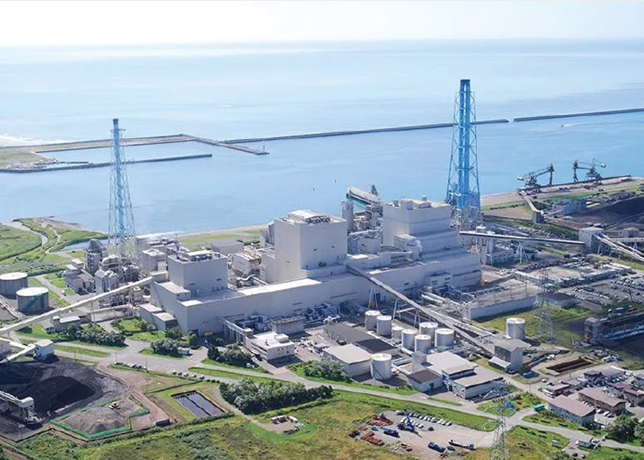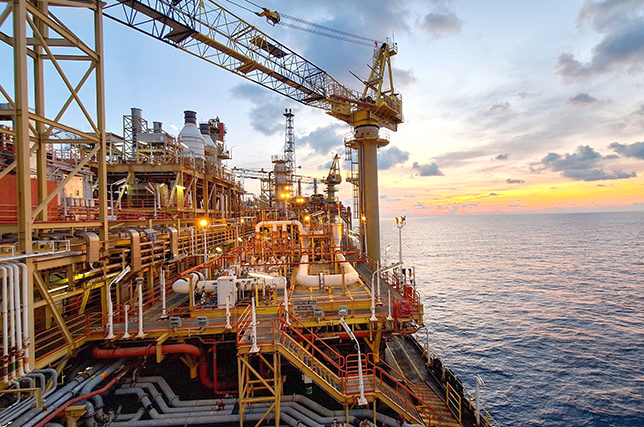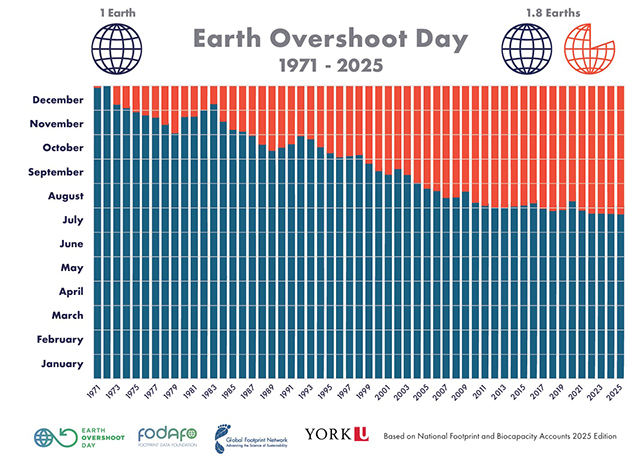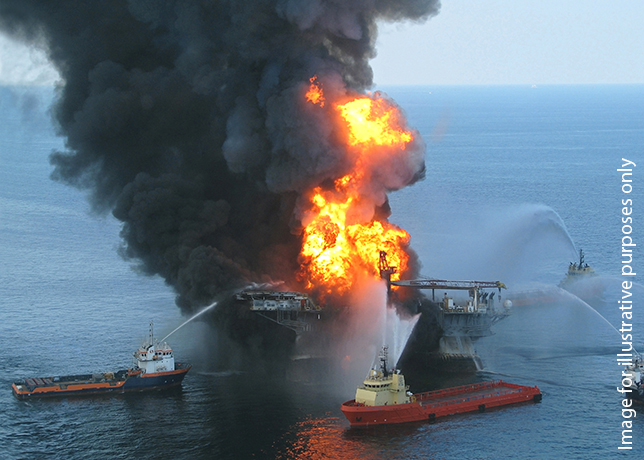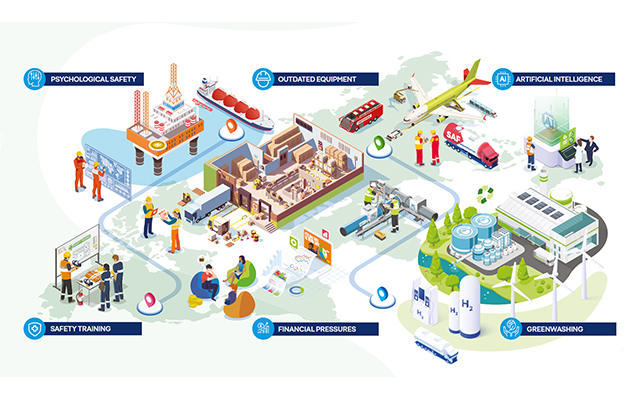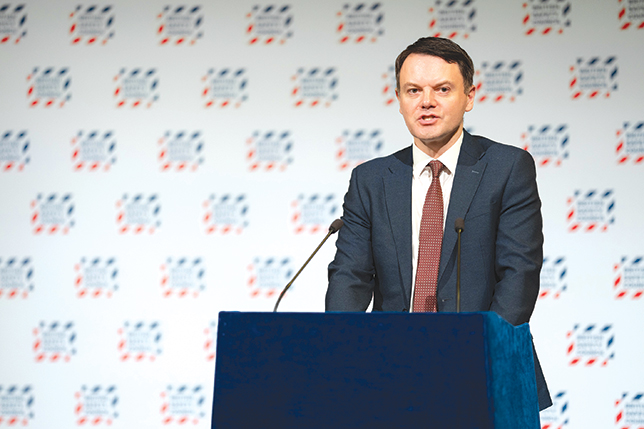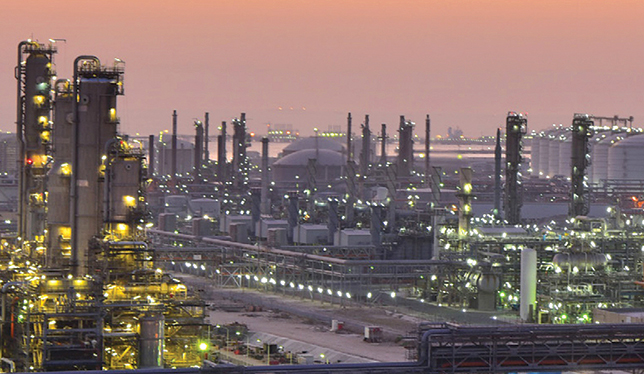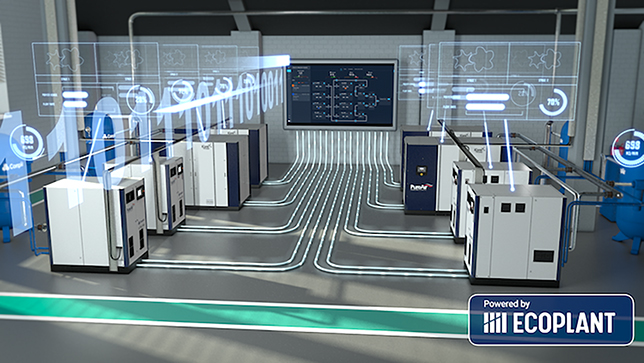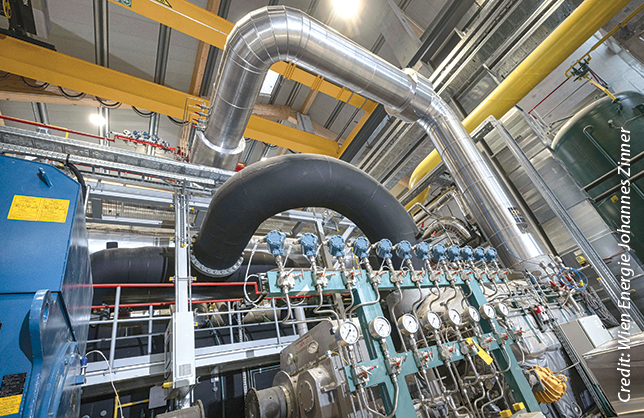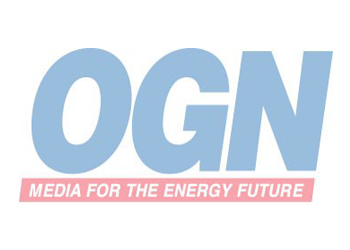

Rising feedstock prices were a critical consideration for future planning of the petrochemical industry, said Sabic Vice Chairman and CEO Mohamed Al-Mady.
"The era of oil is not over, however, the era of cheap oil is over."
This becomes imminent in making a decision where to build a chemical plant, he added.
Another feedstock will be natural gas, where global demand is expected to double by 2030, predominantly for power generation. With large gas reserves in Russia and Iran, there will be a shift towards that region, said Al-Mady.
Over the next five years, half of the growth of ethylene capacity will be in the Middle East and a third in Asia, "ethylene and propylene will be major growth areas for Sabic," he added.
"We plan to grow in Europe along with the growth of the market."
He also noted that the Middle East, with its large hydrocarbon reserves, I had become one of the focus areas for the European petrochemical industry.
Also, the region posed an economic bridge to the Asian market. Much of the changes and challenges for the petrochemical industry revolve around feedstocks, economics and demography, said the chairman.
In the next three to four decades, about two thirds of the world's population will rise out of poverty, and with rising living standards desire and demand for petrochemical products will rise.
"We need to consider the economics and population growth of India and Brazil, which are following in the footsteps of China," he cautioned.
India was expected to overtake China in terms of population by 2050.
Japan and Germany are expected to contribute only marginally to the growth of the chemical industry.
"This is an epic shift," he said, adding that much of the sales of petrochemical products were now outside traditional areas. China has a 20 per cent share of the world's population but only 1.8 per cent of oil resources.
"Oil prices have risen from $45 per barrel to a peak of $70 per barrel, but in real terms, crude oil prices have been 70 per cent higher," he said.
High feedstock costs are deterring Sabic from investing in the United States, Al-Mady said.
"We have evaluated the investment situation in the US, but with the energy situation we are not considering it seriously," he said.
He added, however, that the company had not ruled out some sort of acquisition in the US, be it technology or a market position.
"We are interested but we are cautious about where we invest," he said, adding that Sabic was concentrating its investment resources on the booming Chinese market.
With regard to China, Al-Mady said Sabic was focusing on grassroots investments, such as ethylene, polyethylene and glycols. "We're not going too far downstream," he said.


